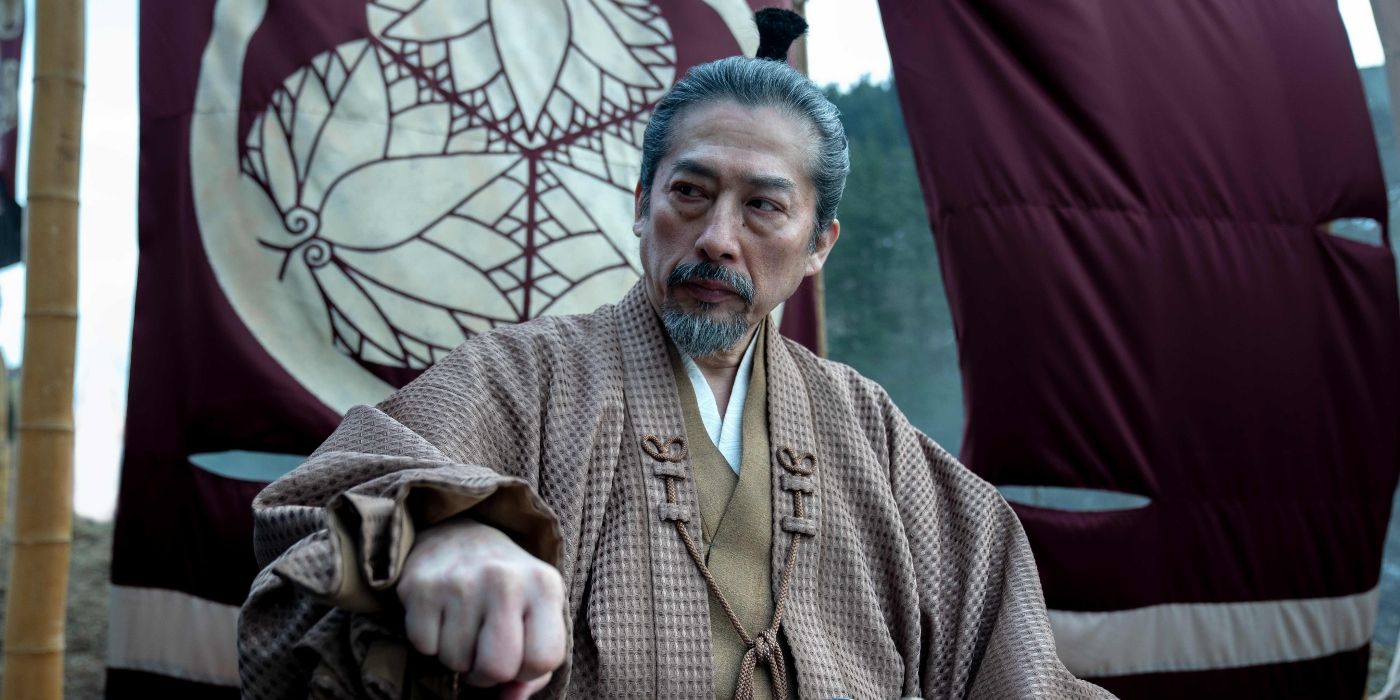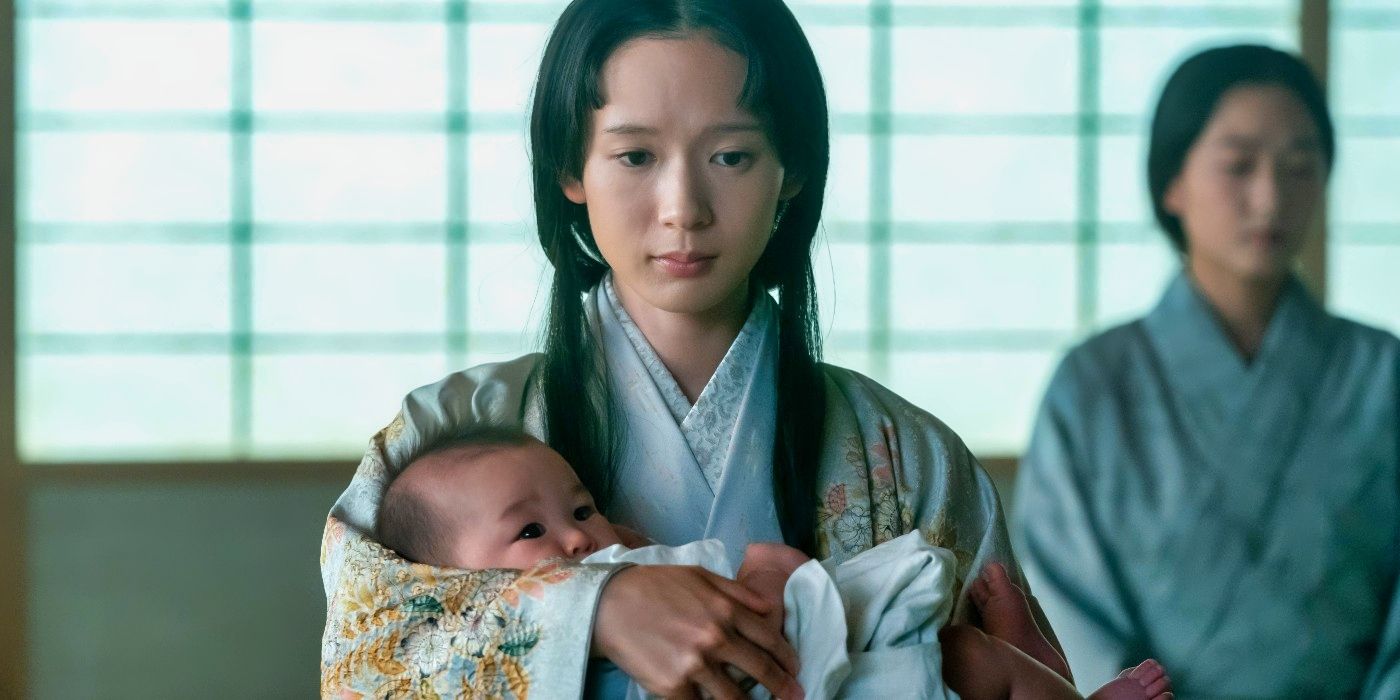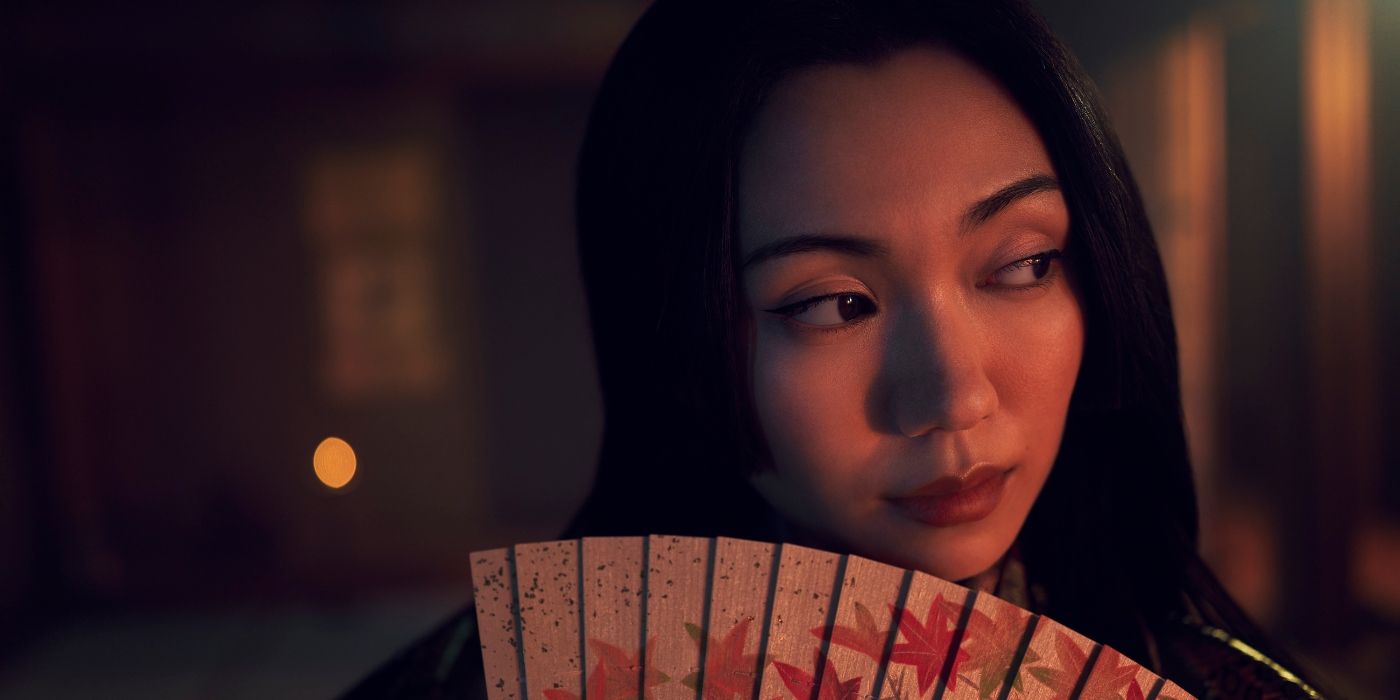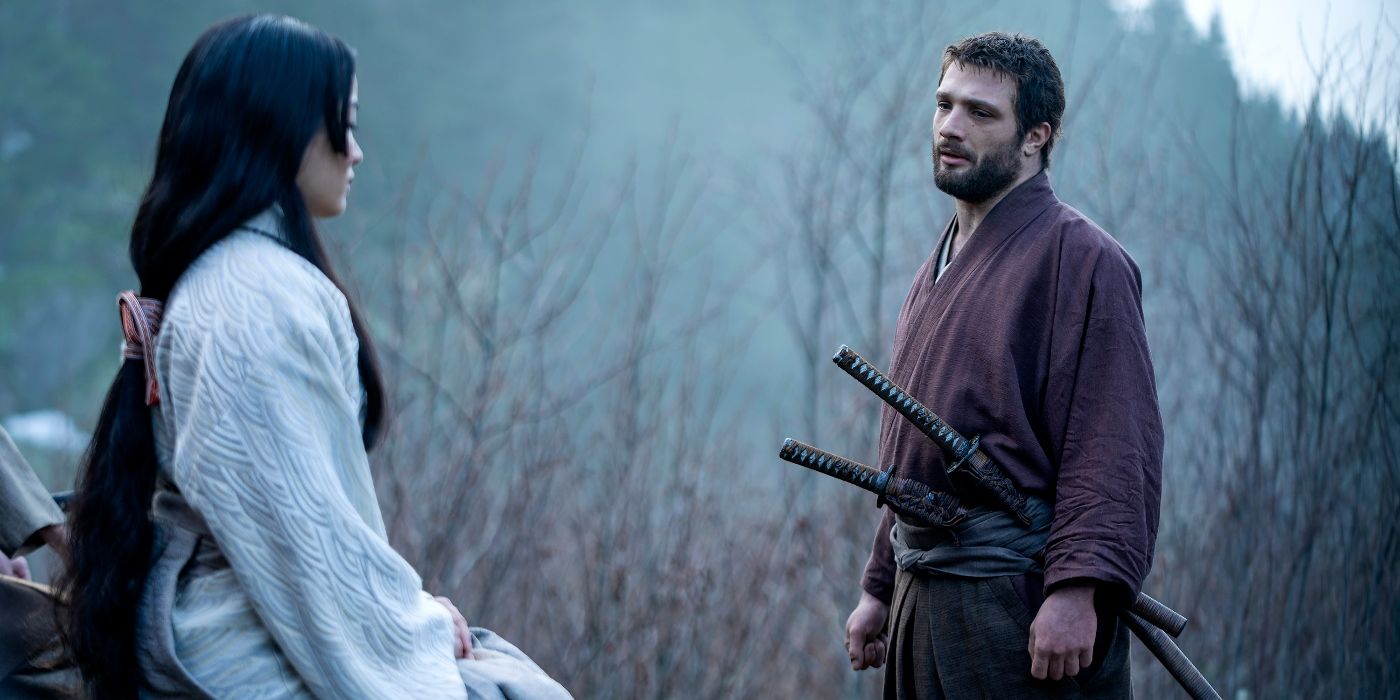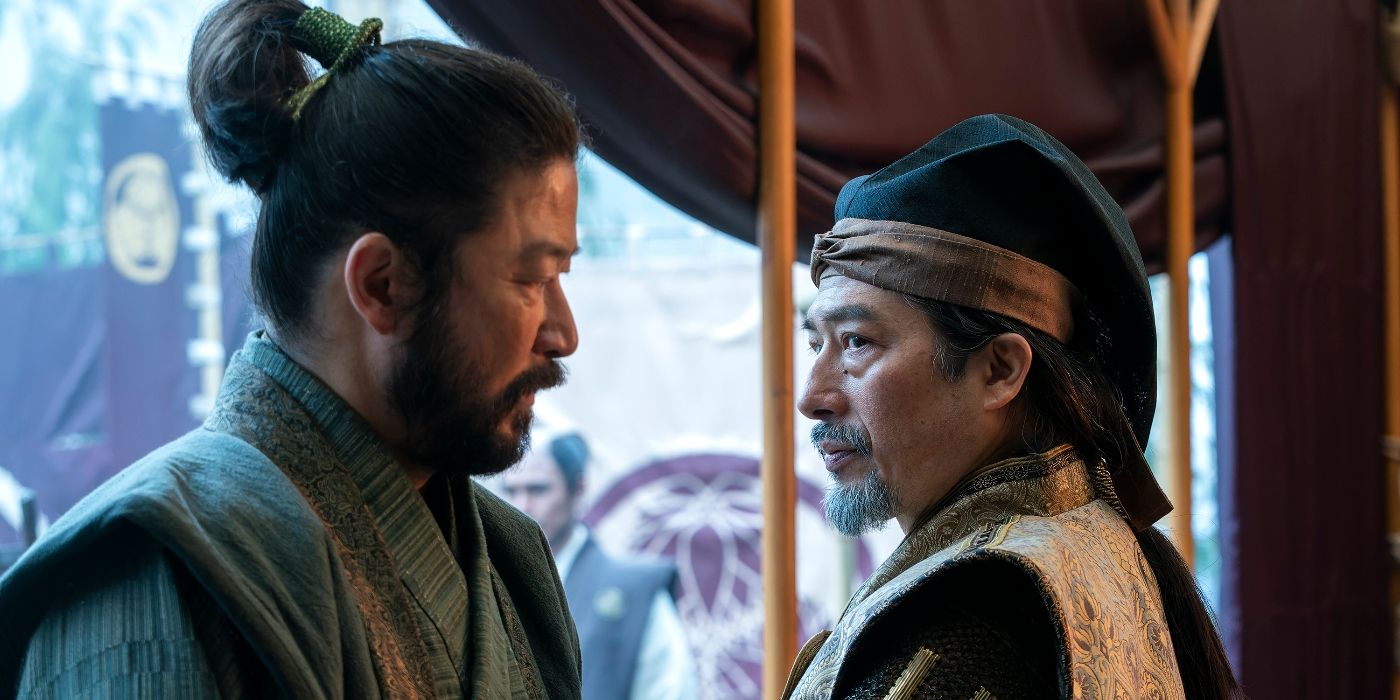Longer doesn’t necessarily mean better.
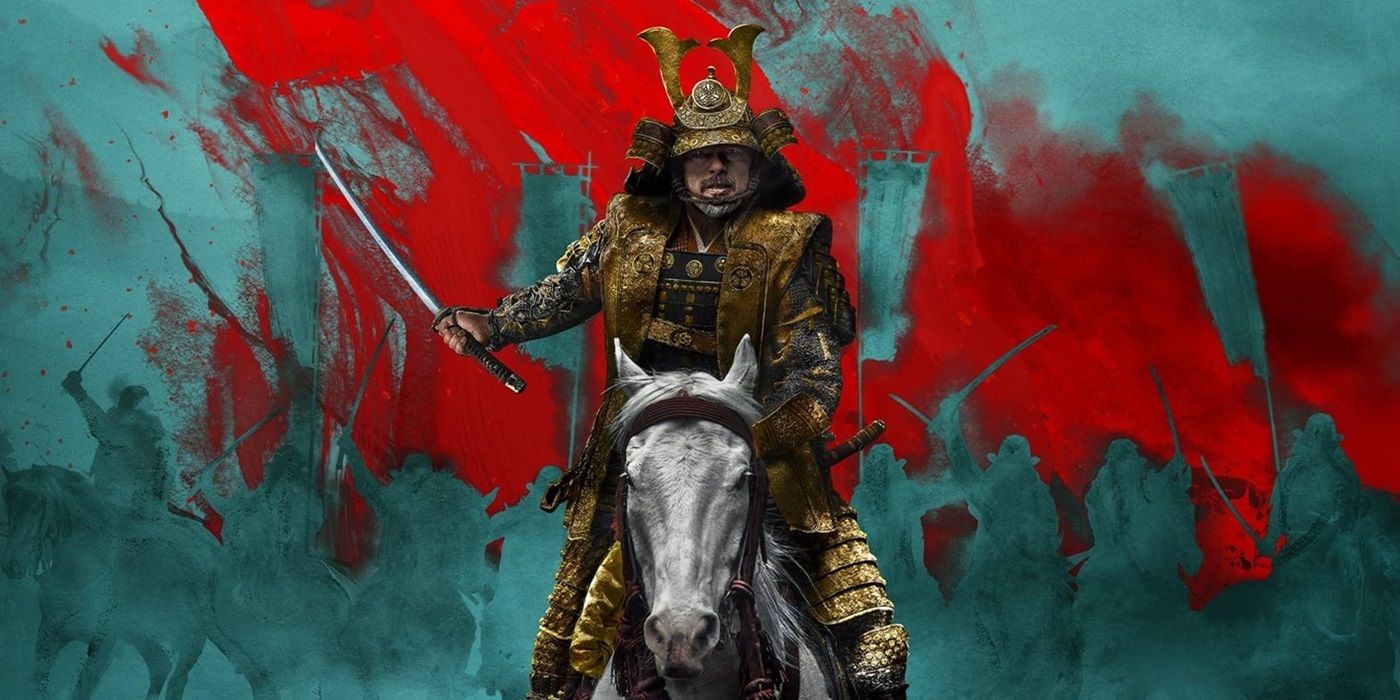
Shōgun, FX’s new hit limited series, is edging closer and closer to its finale. Week after week, the historical drama has delivered brutally violent scenes alongside tender and soft moments while providing us with some characters to root for and some that make the viewer weary. Above all, Shōgun serves as a masterclass in bringing a story to the screen, offering viewers a fresh perspective on the classic novel by James Clavell. The show has amassed a passionate fanbase and received glowing reviews for its meticulous world-building and intricate storytelling, seamlessly transporting audiences to feudal Japan and immersing them in the historical events of the Sengoku period.
Shōgun has often been compared to another popular book adaptation in Game of Thrones, with its riveting action sequences, complex characters, and political intrigue. However, unlike the sprawling fantasy epic with its eight seasons, Shōgun will likely be limited to 10 episodes, and frankly, that’s for the best. Many TV shows have a bright beginning, only for their light to be diminished via odd plot twists, character inconsistencies, and weak story continuity — which is exactly what happened to Game of Thrones, and something that Shōgun should avoid.
Thankfully, ‘Shōgun’ Is Not ‘Game of Thrones’
HBO’s Game of Thrones adaptation is mainly based on the first five books of George R. R. Martin‘s A Song of Ice and Fire book series, which has multiple interconnected storylines and viewpoints. These five novels provided the primary source material for the show’s plot, characters, and overarching story arc for the first six seasons. However, the show started to deviate from the books in certain respects as it progressed, particularly because Martin’s later books had not been published by the time the show overtook the published material. While the main storyline and major plot points remained consistent with the books, the showrunners made some alterations and omissions to streamline the narrative for the television adaptation. This eventually led to the final seasons of the show diverging significantly from the source material.
Shōgun, on the other hand, is based on a standalone novel that’s part of James Clavell’s Asian Saga, and as revealed by the series co-creatorsJustin Marks and Rachel Kondo, Shōgun‘s story reaches its natural conclusion with its ten-episode run. During an interview with The Hollywood Reporter, Marks said: “We took the story to the end of the book and put a period at the end of that sentence.” Although audiences have been treated to many excellent multi-season shows in recent years, this format often sacrifices many of the storytelling elements that make Shōgun the great series it already is.
‘Shōgun’ Shouldn’t Repeat ‘Game of Thrones’ Mistakes
One of the key factors in Shōgun‘s success is the attention to detail the creative team paid when bringing this world from the page to the screen. From finding the perfect filming locations to crafting period-accurate costumes and props, as well as even having a master of gestures, Shōgun’s nearly decade-long production process allowed the producers to achieve the perfect balance between historical accuracy and modern storytelling. Crafting a second season could mean either sacrificing the quality that we’ve come to know and admire or having to wait an indefinite amount of time, which could diminish the audience’s enthusiasm for the story.
Additionally, moving forward without the foundation of the source material would mean having to search for additional historical sources to complement the plot, which in turn would lack Clavell’s unique voice and the storytelling devices that make Shōgun‘s characters so relatable, despite existing in a fictional version of a long-gone era. It’s hard to imagine Yabushige becoming a tame and loyal vassal, or Lord Toranaga not being perfectly regal and calculative, and yet these are the sort of things that happen when writers change, characters are recast, and shows have unclear endings.
A perfect example of why Shōgun was designed to be a concise show is the adept use of foreshadowing displayed in every single episode so far, as illustrated in the portrayal of Mariko, whose character embodies wisdom beyond her years and who is burdened by a heavy secret she keeps hidden. Once the series reveals Mariko’s tragic family history, the audience might be shocked by the heartbreaking truth, and yet subtly prepared for the revelation, because each episode has artfully laid the groundwork, integrating small yet significant details that seamlessly align with Mariko’s personal journey, enriching her character with depth and resonance.
This same effect can be seen across many characters and plot points in Shōgun. To sacrifice such foreshadowing in pursuit of an open-ended story would unravel the intricate tapestry of culture, conflict, and emotion that defines the show, and risks diluting what Shōgun has already accomplished. However, within the confines of its concise narrative structure, there’s a potential path for this series to maintain its integrity and captivate audiences further.
‘Shōgun’ Could Become an Anthology Series
Once upon a time, The White Lotus was originally planned as a six-part limited series, but its immense popularity prompted HBO to renew it as an anthology series. Following a similar trajectory, Shōgun‘s showrunners could opt to continue this story by adapting the remaining books from Clavell’s Asian Saga. Each book within the series offers an epic tale, spanning years or even decades, and delving into similar themes to Shōgun, such as power struggles, war, and cultural clashes, with several subplots brimming with intrigue, romance, betrayal, and adventure.
Most importantly, some of these books, like Whirlwind and Gai-Jin, have yet to receive a screen adaptation, presenting a golden opportunity for Shōgun‘s creators to use their unique approach to storytelling and breathe new life into these untold narratives. By expanding the series as an anthology, the show can keep its passionate fanbase, all while honoring the welcome it has earned with viewers.
Shōgun is streaming on Hulu in the U.S. New episodes are released weekly on Tuesdays.
